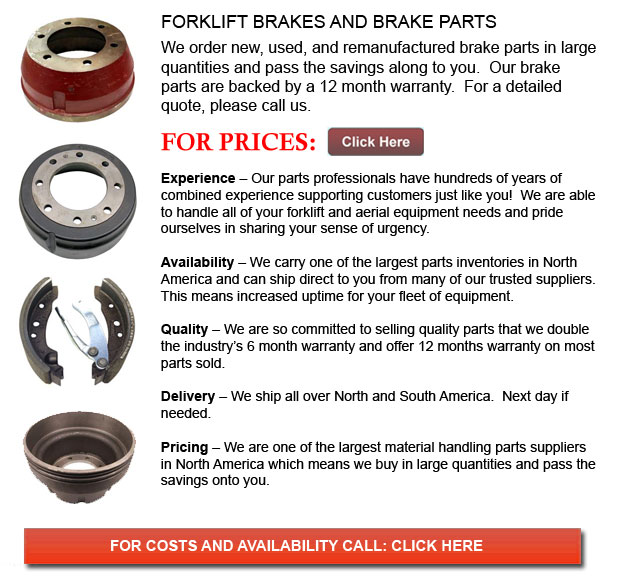
Brake for Forklift - A brake wherein the friction is supplied by a set of brake shoes or brake pads that press against a rotating drum unit known as a brake drum. There are several particular differences between brake drum kinds. A "brake drum" is normally the explanation provided if shoes press on the inner exterior of the drum. A "clasp brake" is the term used to describe when shoes press against the outside of the drum. Another kind of brake, known as a "band brake" uses a flexible belt or band to wrap round the exterior of the drum. Where the drum is pinched in between two shoes, it can be called a "pinch brake drum." Similar to a standard disc brake, these types of brakes are quite rare.
Before nineteen ninety five, old brake drums needed constant adjustment regularly so as to compensate for shoe and drum wear. Long brake pedal or "Low pedal" travel is the dangerous end result if modifications are not executed sufficiently. The vehicle could become dangerous and the brakes could become useless if low pedal is mixed together with brake fade.
There are different Self Adjusting Brake Systems available, and they can be categorized within two major kinds, RAD and RAI. RAI systems have built in devices which prevent the systems to be able to recover whenever the brake is overheating. The most well known RAI makers are Lucas, Bosch, AP and Bendix. The most famous RAD systems include Bendix, Ford recovery systems, Volkswagen, VAG and AP.
The self adjusting brake would usually only engage when the forklift is reversing into a stop. This method of stopping is acceptable for use where all wheels utilize brake drums. Disc brakes are used on the front wheels of vehicles nowadays. By operating only in reverse it is less possible that the brakes would be applied while hot and the brake drums are expanded. If adapted while hot, "dragging brakes" can occur, which raises fuel intake and accelerates wear. A ratchet device that becomes engaged as the hand brake is set is one more way the self repositioning brakes may function. This means is just suitable in applications where rear brake drums are used. If the emergency or parking brake actuator lever goes beyond a particular amount of travel, the ratchet advances an adjuster screw and the brake shoes move in the direction of the drum.
There is a manual adjustment knob located at the bottom of the drum. It is usually adjusted via a hole on the opposite side of the wheel and this requires going under the vehicle utilizing a flathead screwdriver. It is of utmost significance to be able to move the click wheel properly and tweak every wheel evenly. If uneven adjustment takes place, the vehicle could pull to one side during heavy braking. The most efficient method to be able to guarantee this tiresome task is done carefully is to either lift each wheel off the ground and hand spin it while measuring how much force it takes and feeling if the shoes are dragging, or give every\each and every one the same amount of clicks manually and then do a road test.
![]() Click to Download the pdf
Click to Download the pdf
Forklift Parts
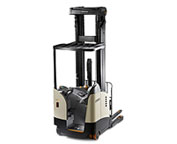

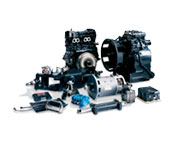
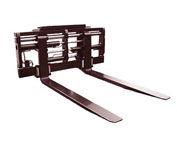
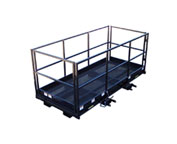

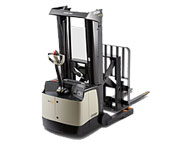
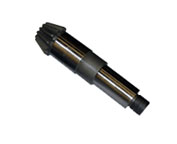
Lift Parts Express
TOLL FREE: 1-888-695-7994
Irving, Texas
forkliftpartsirving.com
Email Us
About Us


